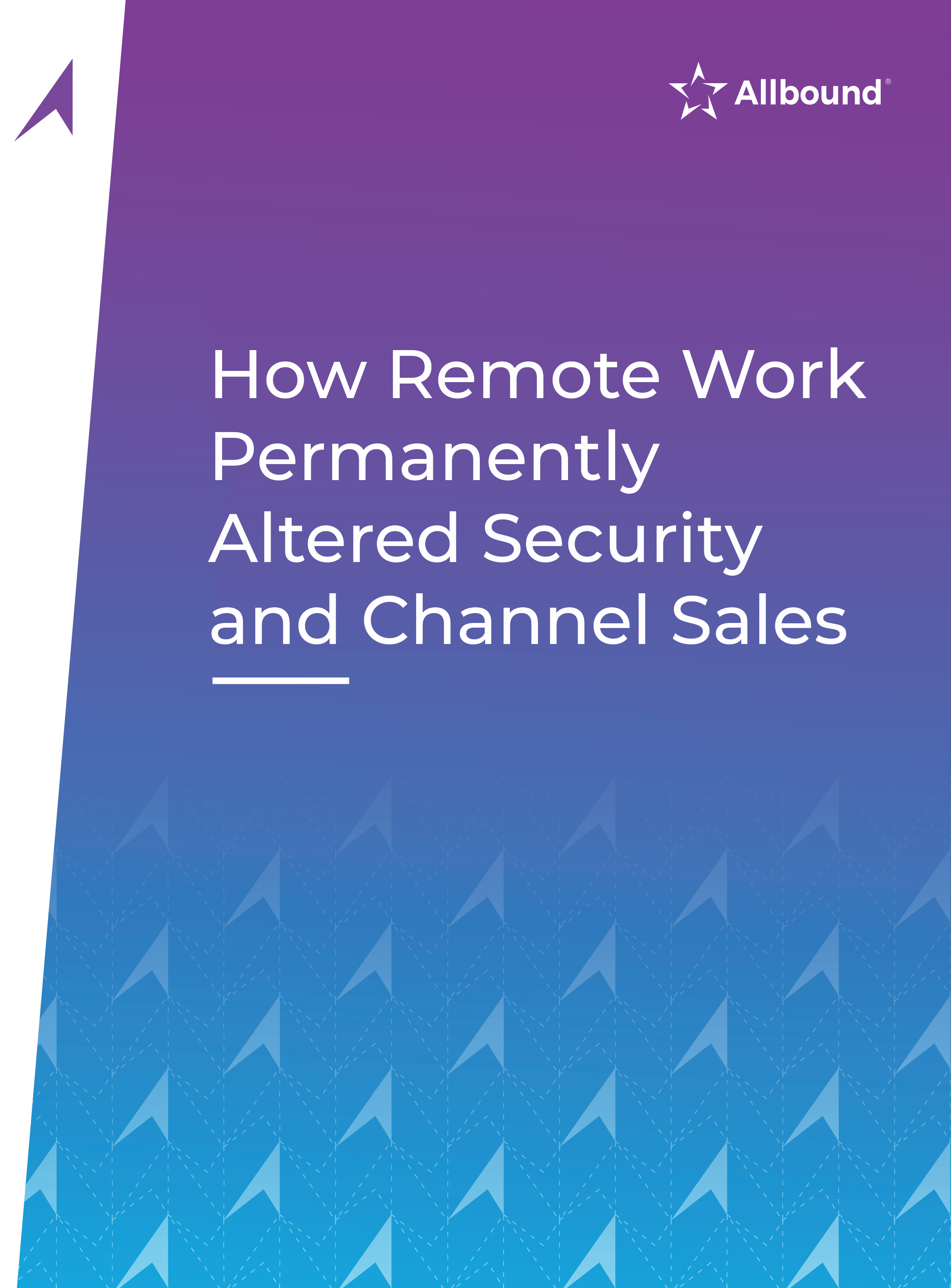Channel News
HP Pushing ‘Value Pricing’ To Ease Partner Sales

By Larry Walsh, Editor-in-Chief, Channelnomics
Editor’s note: In light of a special editorial partnership, CMR is publishing a recent article from Channelnomics, written by Larry Walsh.
Sometime this month, Hewlett-Packard Co. is expected to lose its crown as the world’s largest PC manufacturer. Lenovo Group Ltd. is already in a statistically tie for the shipping the most PCs around the world and, analysts expect, will take sole possession of first place in the fourth quarter.
HP, though, isn’t going down quietly. In spite of a general slowdown in PC sales due to competition from tablets and the traditionally ebb before the release of a new version of Microsoft Windows, HP launched a new program last week designed to make it easier for solution providers to acquire products of the vast Printer and Personal Systems Group and maintain profitability.
The “Discount for Value Pricing” program is a two-fold campaign to make HP computing products more affordable and profitable for reseller partners. The program provides deeper discounts to solution providers originating net-new sales to HP, ensuring they have pricing flexibility in competitive sales situations.
“Discount for Value Pricing is designed to protect the investments you make in HP during the new business development process. With approved DVP, you will receive a unique price for that specific project, providing you with a competitive edge to win new business against competitors. Our intent with DVP is to reward you for engaging HP early on in the new business process,” wrote Scott Dunsire, vice president and general manager of U.S. channel sales, to HP partners.
HP has also secured extended financing terms through its top four credit partners – De Lage Landen Finance, GE Capital, Wells Fargo Capital Finance and IBM Global Financing – giving solution providers 60-days interest notes on new purchases. The intent is to push liquidity into the channel, removing a significant barrier to growth among many solution providers. Several of these credit companies are also offering select partners extended credit terms, further increasing their purchasing power.
DVP is part of a series of initiative in which HP is trying to ease business terms and processes that often hinder partner execution in competitive situations. The timing is interesting as HP is under increasing pressure to improve its own competitive positioning against rivals such as Lenovo, Acer and Dell. And, overall, HP is struggling to regain its footing from last year’s management debacle. The company is stable after a year of restructuring and repositioning, but many questions remain about its general viability.
While PCs and printers don’t carry the profits they once did, the PPS division remains an essential element of the HP portfolio. Earlier this year, HP merged the Imaging and Printing Group (IPG) and Personal Systems Group (PSG) to create PPS. The intent is to leverage purchasing and sales synergies of the two divisions to gain a greater economy of scale.
Despite the combination of the two divisions and other restructuring efforts, HP continues to struggle to maintain its PC market share. Additionally, general indications are that its once dominant and profit-machine printers are no longer as productive for HP or its channel partners. Removing barriers to doing business for partners is one of the ways HP is looking to revive its fortunes.
“HP remains committed to making it easier to do business with us, and we will continue to look for ways to simplify our programs, improve your experience, and invest in the areas we believe will have the greatest impact on our partnership,” Dunsire wrote.









